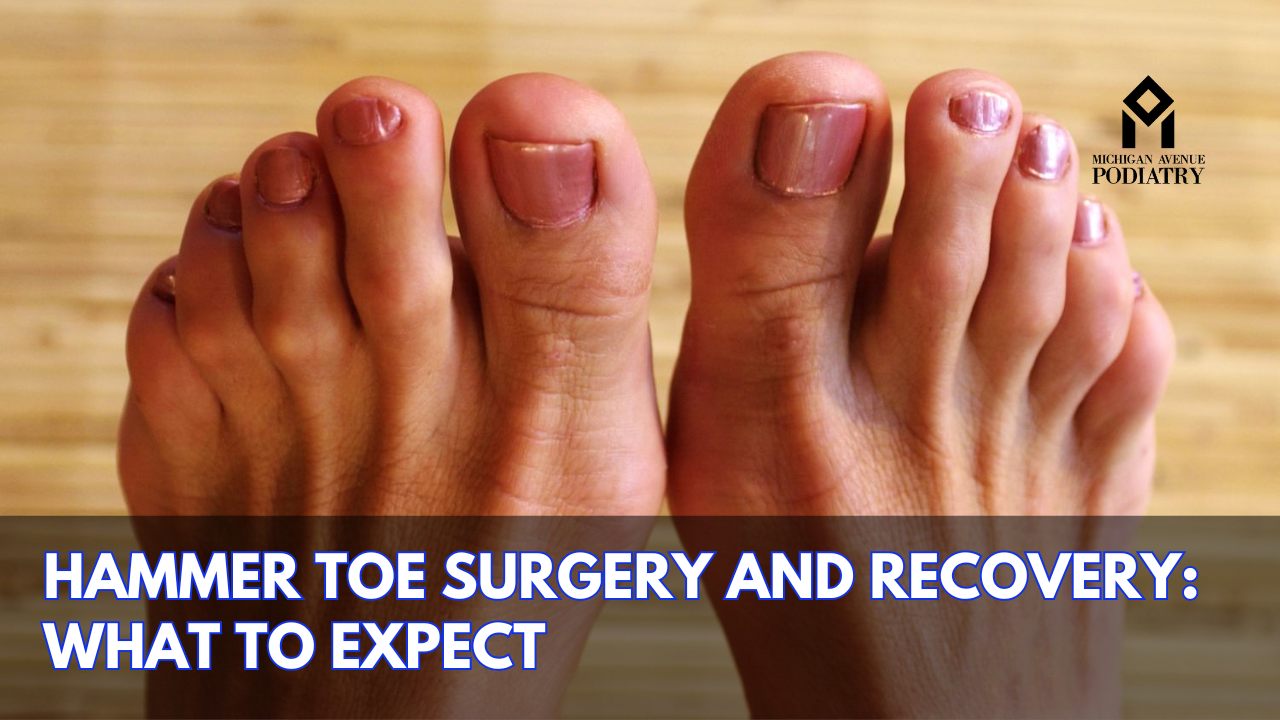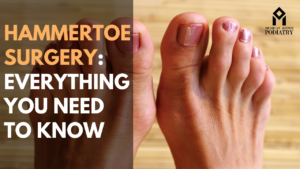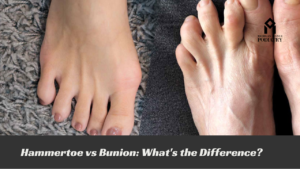Hammer toe, a condition where one or more toes bend abnormally at the middle joint, can cause discomfort, pain, and difficulty in wearing shoes. While conservative treatments like wearing proper footwear and using orthotic inserts may alleviate symptoms, some cases may require surgical intervention to correct the deformity. If you’re considering hammer toe surgery, it’s essential to understand what the procedure entails and what to expect during the recovery process. In this comprehensive guide, we’ll delve into the specifics of hammer toe surgery, including its types, the role of podiatrists, and the recovery journey.
Understanding Hammer Toe:
Before delving into surgery, let’s first understand what hammer toe is and what causes it. Hammer toe is a deformity of the toe joints, resulting in a bend that resembles a hammer. It can affect any toe, but it most commonly occurs in the second or third toe. Several factors contribute to the development of hammer toe, including:
- Poorly Fitting Shoes: Tight, narrow, or high-heeled shoes can force toes into unnatural positions, leading to deformities like hammer toe.
- Muscle Imbalance: Imbalances in the muscles and tendons surrounding the toes can cause them to bend abnormally.
- Trauma: Injuries to the toe or foot can result in structural changes that lead to hammer toe.
- Genetics: Some individuals may inherit a predisposition to develop certain foot deformities, including hammer toe.
When Is Surgery Necessary?
While conservative measures such as wearing roomy shoes, using orthotic inserts, and performing toe exercises can often relieve mild to moderate symptoms of hammer toe, severe cases may require surgical correction. Your podiatrist will typically recommend surgery if you experience:
- Persistent pain despite conservative treatments
- Difficulty walking or performing daily activities
- Chronic inflammation or ulceration due to friction from shoes
- Restricted mobility in the affected toe(s)
Types of Hammer Toe Surgery:
Several surgical techniques can be employed to correct hammer toe deformities, depending on the severity and specific characteristics of the condition. Some common types of hammer toe surgery include:
- Arthroplasty: Also known as joint resection, this procedure involves removing a small piece of bone from the toe joint to straighten it.
- Arthrodesis: In arthrodesis, the surgeon fuses the toe joint together, eliminating the bend and creating a straighter alignment.
- Tendon Transfer: This procedure involves transferring tendons from the bottom of the toe to the top to help straighten the affected toe.
- Implant Surgery: In some cases, implants may be used to correct the deformity and provide stability to the toe joint.
Your podiatrist will assess your condition and recommend the most appropriate surgical approach based on factors such as the severity of the deformity, your overall health, and your lifestyle needs.
Preparing for Surgery:
Before undergoing hammer toe surgery, your podiatrist will provide you with detailed pre-operative instructions. These may include:
- Stopping certain medications or supplements that can increase the risk of bleeding.
- Arrange for someone to drive you home after the procedure, as you may not be able to drive immediately afterward.
- Fasting for a specified period before the surgery, typically starting from midnight the night before.
It’s crucial to follow these instructions closely to ensure a smooth surgical experience and minimize potential risks.
Also Read
The Surgical Procedure:
Hammer toe surgery is typically performed on an outpatient basis, meaning you can go home the same day. The procedure is usually done under local anesthesia, although general anesthesia may be used for certain cases or patient preferences.
During the surgery:
- Incision: The surgeon makes one or more small incisions on the top or bottom of the affected toe, depending on the chosen surgical technique.
- Correction: The surgeon realigns the toe joint, removes any bony prominences, and may use pins, screws, or other fixation devices to hold the toe in the correct position.
- Closure: Once the correction is made, the incisions are closed with sutures, and a sterile dressing is applied to protect the surgical site.
The duration of the procedure can vary depending on the complexity of the deformity and the chosen surgical approach.
Recovery Process:
After hammer toe surgery, you will be monitored in a recovery area until the effects of anesthesia wear off. Your podiatrist will provide you with detailed post-operative instructions to promote healing and minimize complications. Here’s what you can expect during the recovery process:
- Pain Management: You may experience some discomfort or pain following surgery, which can be managed with prescribed pain medications.
- Immobilization: Your foot may be placed in a splint, cast, or special shoe to immobilize the toe and protect it as it heals.
- Elevation: Elevating your foot above the level of your heart can help reduce swelling and promote circulation.
- Restricted Activities: Your podiatrist will advise you to avoid putting weight on the affected foot and to refrain from certain activities that could strain the toe joint.
- Follow-up Appointments: You’ll need to attend follow-up appointments with your podiatrist to monitor your progress, remove stitches, and assess the healing process.
It’s essential to adhere to your podiatrist’s instructions diligently and attend all scheduled appointments to ensure optimal outcomes.
Conclusion:
Hammer toe surgery can provide significant relief for individuals suffering from this painful foot deformity. By understanding the surgical process and what to expect during recovery, you can approach the procedure with confidence and take proactive steps to promote healing. If you’re considering hammer toe surgery, consult with a qualified podiatrist to discuss your options and develop a treatment plan tailored to your needs. With proper care and rehabilitation, you can look forward to improved foot function and a better quality of life.





I’m truly impressed with your deep insights and stellar writing style. The knowledge you share is evident in every sentence. It’s obvious that you invest a great deal of effort into researching your topics, and that effort is well-appreciated. We appreciate your efforts in sharing such detailed information. Keep up the great work!
I’m truly impressed by the keen analysis and stellar writing style. Your expertise is evident in every sentence. It’s obvious that you put a lot of effort into researching your topics, and the results does not go unnoticed. We appreciate your efforts in sharing such detailed information. Keep on enlightening us!